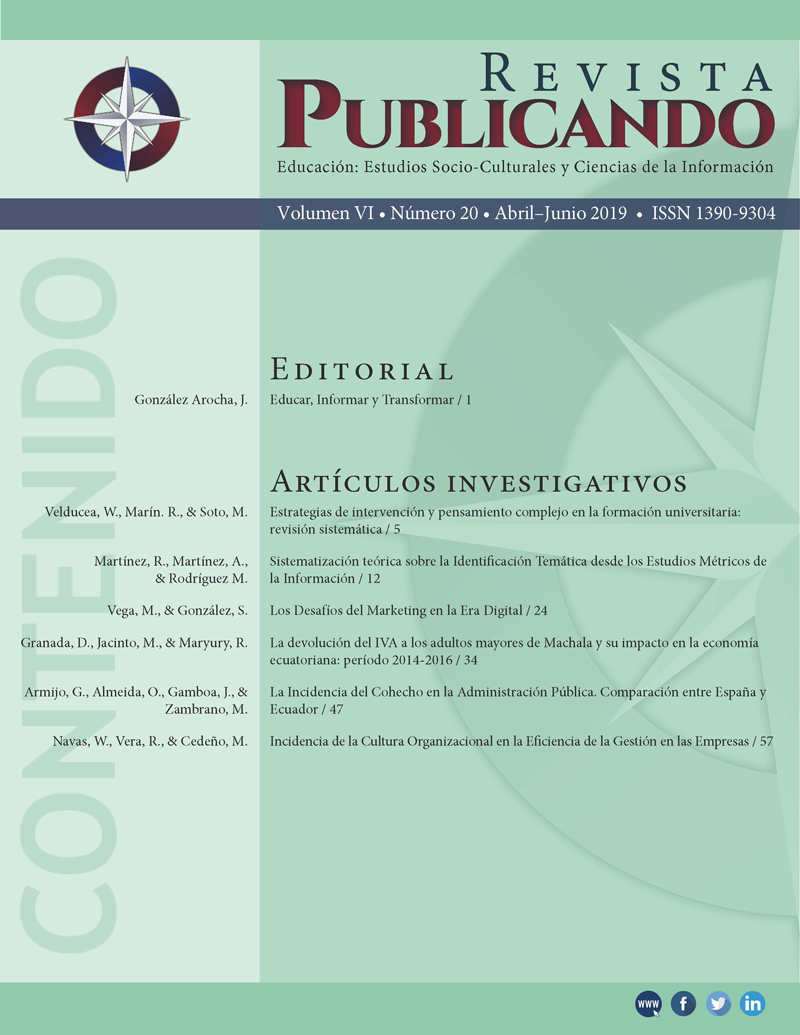Resumen
El artículo está dedicado al estudio de los principios de la adaptación teatral de la famosa pintura "Primavera" de S. Botticelli (1482, "Galería de los Uffizi, Florencia") en el contexto de la cultura teatral del Renacimiento temprano y Florencia, donde vivió y trabajó el artista. Se trazan las interrelaciones a nivel de los elementos estructurales de la composición y del conjunto. Se considera la consistencia semántica y artística de los personajes, se revelan los métodos para formar sus imágenes en el marco del estilo de S. Botticelli.
Referencias
Barolsky, P. (1994). Botticelli's "Primavera" as an allegory of its own creation. Notes in the History of Art, 13, (3), 14-19.
Boyadzhiev G.N. (1973). Always a beautiful Renaissance theater. 7-14.
Burckardt J. (2002). Culture of Italy in the Renaissance. 342-345.
Duncan A. (1994). Dance of the future. My life. Memoirs of L. Schneider. Kiev: Muza, 349.
Kapko-Foretić Zdenka. (Jun., 1998). Komponieren nach Bildern: Botticelli Vertonungen - International Review of the Aesthetics and Sociology of Music, 29, (1), 29-40.
Kline Jonathan. (2011). Botticelli's "Return of Persephone": On the Source and Subject of the "Primavera"- The Sixteenth Century Journal, 42, 3, 665-688.
Lew Andrews. (2011). Botticelli's "Primavera", Angelo Poliziano, and Ovid's "Fasti"- Artibus et Historiae, 32, 63, 73-84.
Marmor Max. (2003). A PATTERN FOR THE "PRIMAVERA"- Source: Notes in the History of Art, 23, (1), 9-16.
Pattillo N. Allen Jr. (1954). Botticelli as a Colorist - The Art Bulletin, Vol. 36, No. 3, 203-220.
Rykov A.V. (2010). On the historical significance of Botticelli's creativity: the concept of aesthetic form. Bulletin of St. Petersburg University. Series, 2, 115-122.
Sokolov M.N. (1999) Eternal Renaissance. Lectures on the morphology of the culture of the Renaissance. Moscow: Progress – Traditsiya.
Suvorova L.G. (2015) Mutuality of painting, theater and everyday life. Historical and socio-educational thought. Vol. 7, No. 7 (2), 273-275.
Swan O.A. (2011) The history of the interpretation of Botticelli's paintings in the context of Quattrocento culture. Questions of Culturology, (12), 52-54.
Usted es libre de:
Compartir — copiar y redistribuir el material en cualquier medio o formato
Adaptar — remezclar, transformar y construir a partir del material
La licenciante no puede revocar estas libertades en tanto usted siga los términos de la licencia
Bajo los siguientes términos:
Atribución — Usted debe dar crédito de manera adecuada, brindar un enlace a la licencia, e indicar si se han realizado cambios. Puede hacerlo en cualquier forma razonable, pero no de forma tal que sugiera que usted o su uso tienen el apoyo de la licenciante.
NoComercial — Usted no puede hacer uso del material con propósitos comerciales.
CompartirIgual — Si remezcla, transforma o crea a partir del material, debe distribuir su contribución bajo la lamisma licencia del original.
